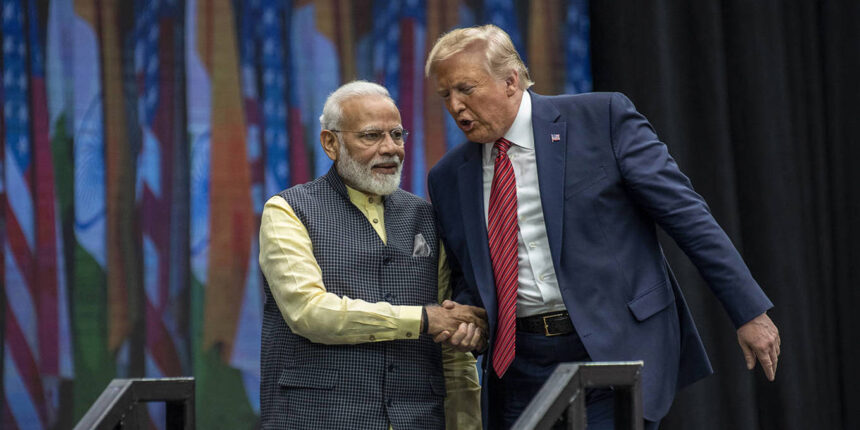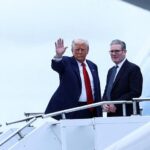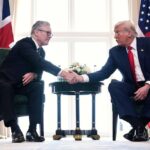In a high-stakes global economic showdown, former U.S. President Donald Trump has warned that India could be slapped with tariffs between 20% and 25% on its exports if a bilateral trade agreement is not reached by August 1, 2025
Contents
Background & Context
- Trump reaffirmed that India has been a “good friend,” but criticized New Delhi for charging higher tariffs than most other nations, suggesting that this would no longer be tolerated under his administration
- A reciprocal tariff proposal of 26% was initially floated in April. It was temporarily paused at a reduced 10% rate to allow time for negotiations
Current Status of Negotiations
- The stalled trade deal with India has yet to be finalized as of July 29 or 30, 2025, with diplomatic sources signaling that discussions are picking up pace ahead of the August 1 deadline
- Washington’s current negotiating team is expected to meet New Delhi in mid-August, aiming to finalize a comprehensive agreement by September or October
Market & Economic Implications
- Indian exporters face increasing uncertainty as U.S. buyers pull back orders, awaiting clarity on possible tariff hikes
- The Indian rupee sank to its lowest level in months, dipping toward ₹87 per USD, with analysts expecting Reserve Bank of India (RBI) to intervene to control the slide
Potential Consequences
- A 20–25% tariff would significantly impact key Indian export sectors such as pharmaceuticals, engineering goods, and gems & jewellery, where India holds strategic trade volumes with the U.S.
- Without a deal, India’s exports could lose preferential access compared to countries like Vietnam, Indonesia, Japan, and the EU, who have already tied up trade pacts with Washington
What’s Next
- A possible sixth round of talks is expected in August, while final decisions may hinge on bilateral summit-level decisions between Trump and Prime Minister Modi
- Analysts consider the tariffs to be a potentially temporary measure, should meaningful concessions emerge before or shortly after the deadline








